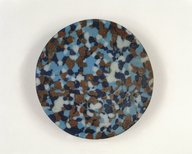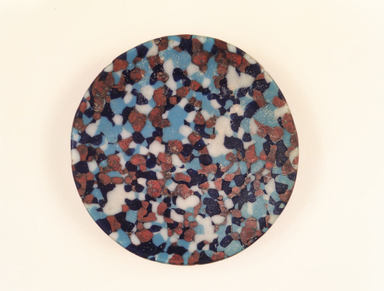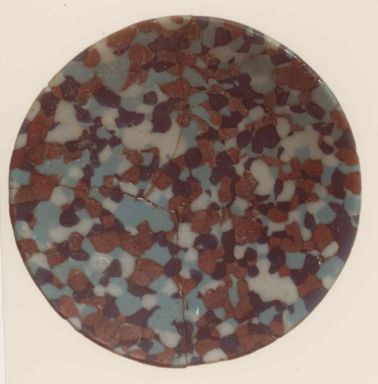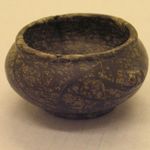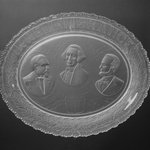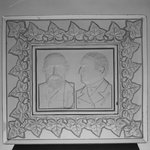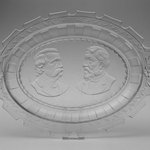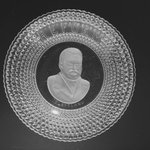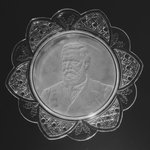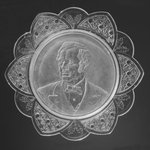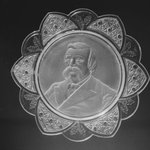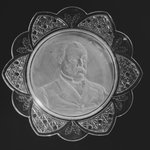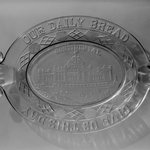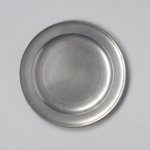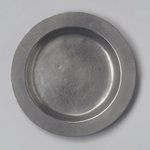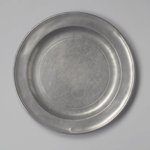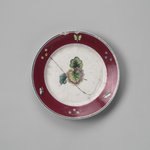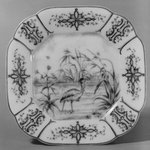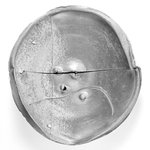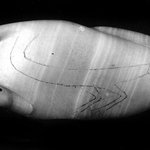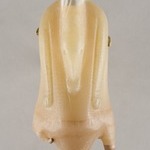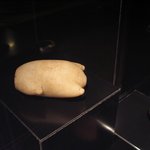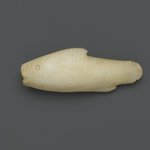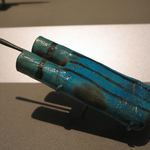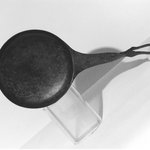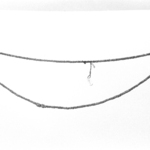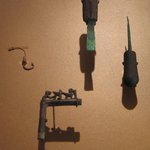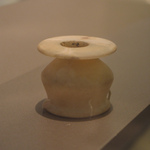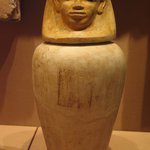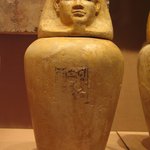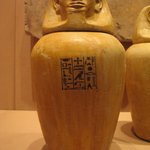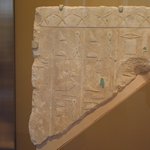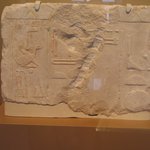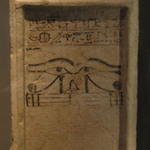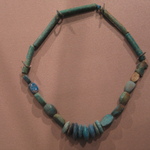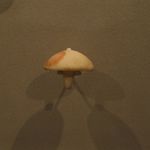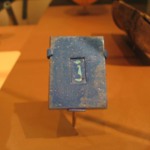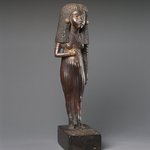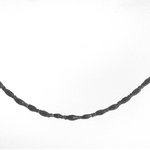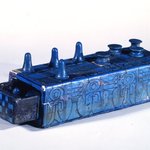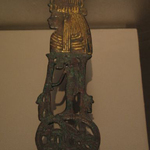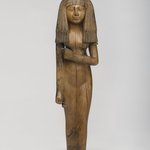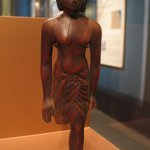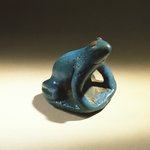

Circular Dish, ca. 1390–1353 B.C.E. Glass, 11/16 x 1 x 4 1/8 in. (1.8 x 2.5 x 10.5 cm). Brooklyn Museum, Charles Edwin Wilbour Fund, 48.162. Creative Commons-BY (Photo: Brooklyn Museum, 48.162_SL1.jpg)
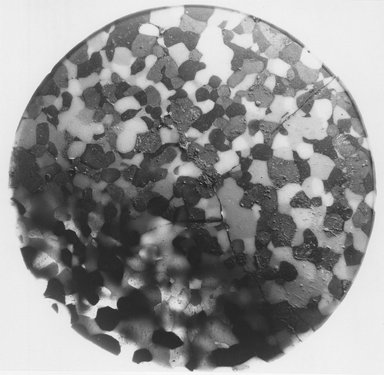
Circular Dish, ca. 1390–1353 B.C.E. Glass, 11/16 x 1 x 4 1/8 in. (1.8 x 2.5 x 10.5 cm). Brooklyn Museum, Charles Edwin Wilbour Fund, 48.162. Creative Commons-BY (Photo: Brooklyn Museum, CUR.48.162_NegH_print_bw.jpg)

Circular Dish, ca. 1390–1353 B.C.E. Glass, 11/16 x 1 x 4 1/8 in. (1.8 x 2.5 x 10.5 cm). Brooklyn Museum, Charles Edwin Wilbour Fund, 48.162. Creative Commons-BY (Photo: Brooklyn Museum, CUR.48.162_erg456.jpg)
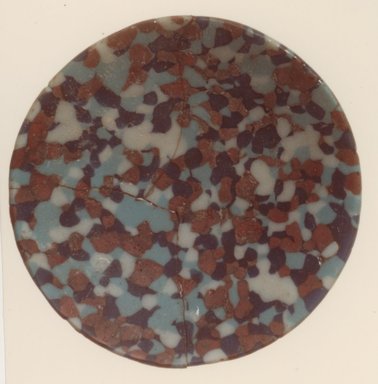
Circular Dish, ca. 1390–1353 B.C.E. Glass, 11/16 x 1 x 4 1/8 in. (1.8 x 2.5 x 10.5 cm). Brooklyn Museum, Charles Edwin Wilbour Fund, 48.162. Creative Commons-BY (Photo: Brooklyn Museum, CUR.48.162.jpg)
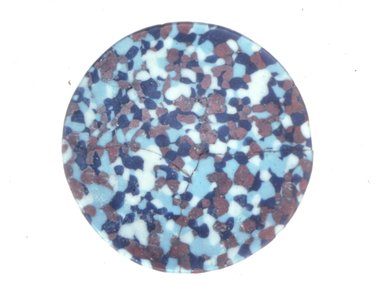
Circular Dish, ca. 1390–1353 B.C.E. Glass, 11/16 x 1 x 4 1/8 in. (1.8 x 2.5 x 10.5 cm). Brooklyn Museum, Charles Edwin Wilbour Fund, 48.162. Creative Commons-BY (Photo: Brooklyn Museum, CUR.48.162_view1.jpg)
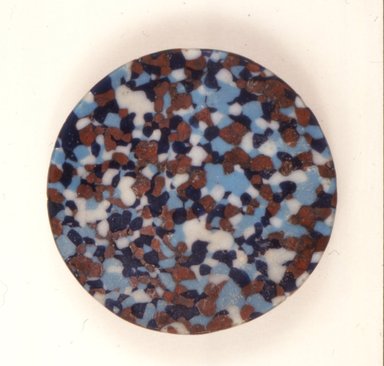
Circular Dish, ca. 1390–1353 B.C.E. Glass, 11/16 x 1 x 4 1/8 in. (1.8 x 2.5 x 10.5 cm). Brooklyn Museum, Charles Edwin Wilbour Fund, 48.162. Creative Commons-BY (Photo: Brooklyn Museum, CUR.48.162_view2.jpg)
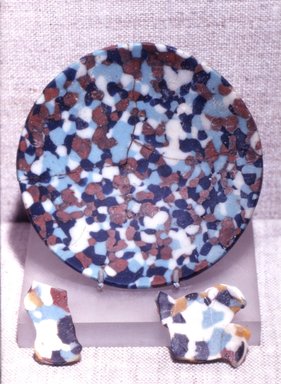
Circular Dish, ca. 1390–1353 B.C.E. Glass, 11/16 x 1 x 4 1/8 in. (1.8 x 2.5 x 10.5 cm). Brooklyn Museum, Charles Edwin Wilbour Fund, 48.162. Creative Commons-BY (Photo: Brooklyn Museum, CUR.48.162_view3.jpg)
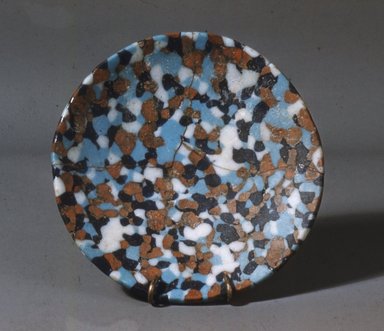
Circular Dish, ca. 1390–1353 B.C.E. Glass, 11/16 x 1 x 4 1/8 in. (1.8 x 2.5 x 10.5 cm). Brooklyn Museum, Charles Edwin Wilbour Fund, 48.162. Creative Commons-BY (Photo: Brooklyn Museum, CUR.48.162_view4.jpg)
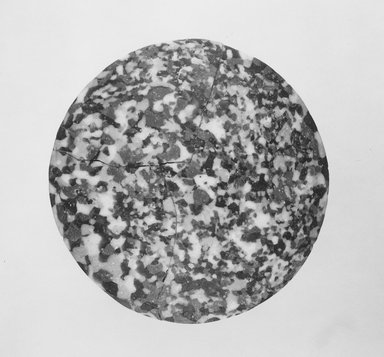
Circular Dish, ca. 1390–1353 B.C.E. Glass, 11/16 x 1 x 4 1/8 in. (1.8 x 2.5 x 10.5 cm). Brooklyn Museum, Charles Edwin Wilbour Fund, 48.162. Creative Commons-BY (Photo: Brooklyn Museum, CUR.48.162_negC_bw.jpg)

Circular Dish, ca. 1390–1353 B.C.E. Glass, 11/16 x 1 x 4 1/8 in. (1.8 x 2.5 x 10.5 cm). Brooklyn Museum, Charles Edwin Wilbour Fund, 48.162. Creative Commons-BY (Photo: Brooklyn Museum, CUR.48.162_negB_bw.jpg)
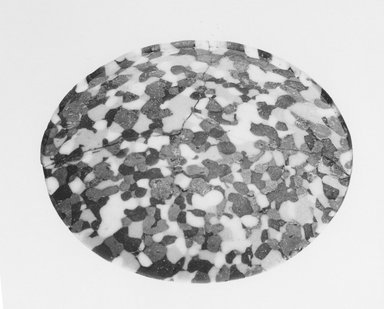
Circular Dish, ca. 1390–1353 B.C.E. Glass, 11/16 x 1 x 4 1/8 in. (1.8 x 2.5 x 10.5 cm). Brooklyn Museum, Charles Edwin Wilbour Fund, 48.162. Creative Commons-BY (Photo: Brooklyn Museum, CUR.48.162_negA_bw.jpg)

Circular Dish, ca. 1390–1353 B.C.E. Glass, 11/16 x 1 x 4 1/8 in. (1.8 x 2.5 x 10.5 cm). Brooklyn Museum, Charles Edwin Wilbour Fund, 48.162. Creative Commons-BY (Photo: Brooklyn Museum, CUR.48.162_negD_bw.jpg)

Circular Dish, ca. 1390–1353 B.C.E. Glass, 11/16 x 1 x 4 1/8 in. (1.8 x 2.5 x 10.5 cm). Brooklyn Museum, Charles Edwin Wilbour Fund, 48.162. Creative Commons-BY (Photo: Brooklyn Museum, CUR.48.162_negG_bw.jpg)

Circular Dish, ca. 1390–1353 B.C.E. Glass, 11/16 x 1 x 4 1/8 in. (1.8 x 2.5 x 10.5 cm). Brooklyn Museum, Charles Edwin Wilbour Fund, 48.162. Creative Commons-BY (Photo: Brooklyn Museum, CUR.48.162_negE_bw.jpg)
Circular Dish
Egyptian, Classical, Ancient Near Eastern Art
On View: Egyptian Orientation Gallery, 3rd Floor
